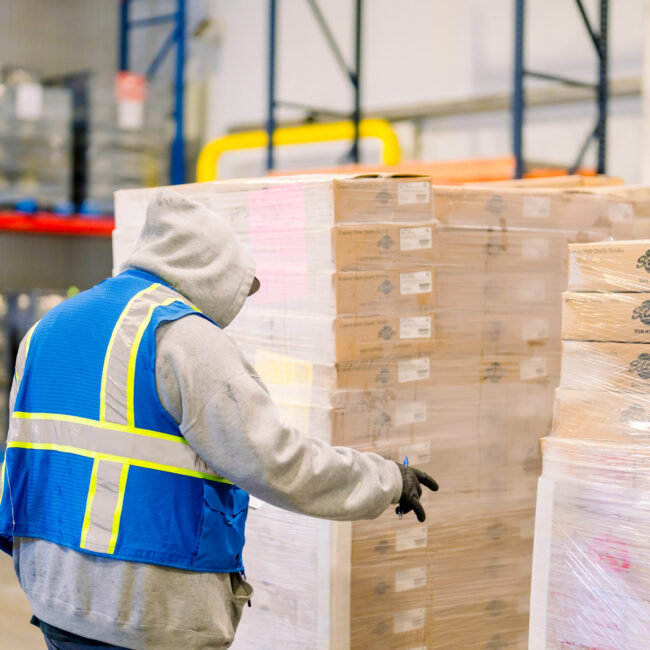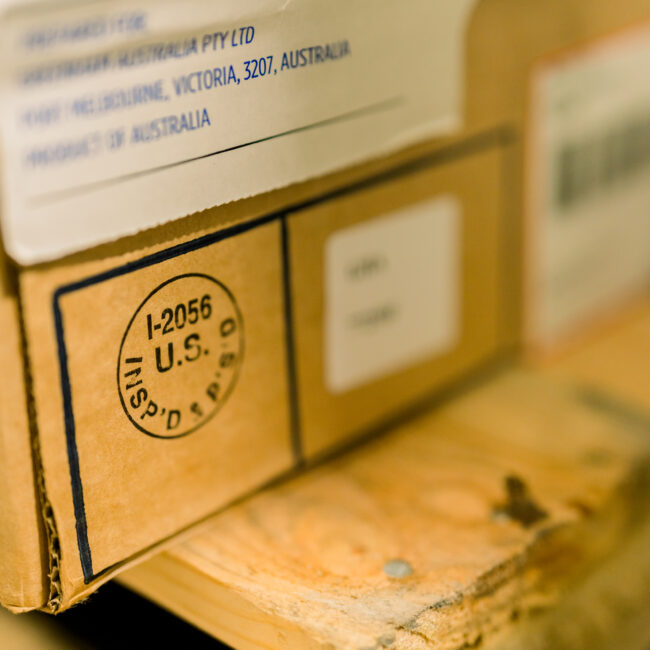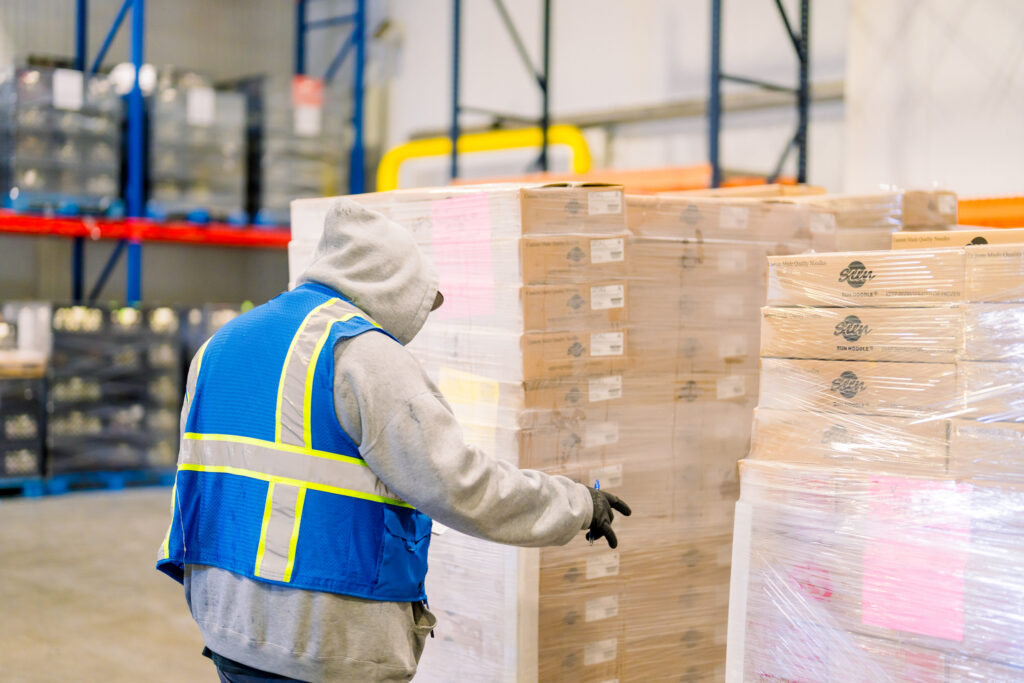Ship with the
at

Mar Pacific HQ
Strategically located in the heart of Southern California
Your niche product deserves niche solutions.
Cover your product
from end
to end
Mar Pacific offers food distribution across nearly all of Southern
California, including multi-temp and DSD service.
Mar Pacific offers SQF Certified storage and
omnichannel order fulfillment for ambient, chilled and frozen goods.
Mar Pacific is the conduit to your global supply chain, storing and moving your raw materials & finished goods to/from international ports.


Mar Pacific is the conduit to your
global supply chain, storing and moving your raw materials & finished goods to/from international
ports.
Mar Pacific is the conduit to your
global supply chain, storing and moving your raw materials & finished goods to/from international
ports.





Have questions?
See if we've already answered them below.
What is Omnichannel Fulfillment?
Omnichannel fulfillment enables streamlined order fulfillment by servicing multiple business lines out of one fulfillment partner or inventory pool. 3PL omnichannel fulfillment covers inventory management, order processing, order picking and packaging whether by full pallet, case picking or small parcel preparation. This includes orders shipping to retailers distributors (including shipping to distributors by small parcel) and consumers thus simplifying inventory management and replenishment to a single location or fulfillment partner, as opposed to repositioning inventory across multiple warehouse locations or partners.
What is Mar Pacific’s inventory management process?
Inventory management, at its core, involves the receiving/recording inbound inventory, storing goods in the warehouse, and picking release inventory to orders. Each step should be tracked and recorded through a WMS (warehouse management system). Cycle counts are also conducted periodically or at certain triggers, please see the FAQs below for more information about each procedure.
What is the warehouse receiving process at Mar Pacific?
Inventory management begins with scheduling an inbound shipment (dock appointment) and submission of purchase order details in the form of an ASN (Advanced Shipping Notice) or Packing List. Mar Pacific then uses the ASN/Packing List to create a Receiver document for our dock (receiving) crew’s use in verifying product counts. Once check-n is complete, our dock crew will commit inventory into the warehouse, recording item numbers and counts, as well as lot numbers or expiration dates. All of this information is reported to our customers with a Warehouse Receipt, along with an OS&D report (Over, Shorts and Damaged) so that our customer is aware of any changes to their expected inventory and why.
How does the warehouse manage stored inventory at Mar Pacific?
Once goods are received into our SQF Certified warehouse facility, Mar Pacific puts inventory away, recording the specific pallet location for each item/lot and maintaining up-to-date inventory reports that are available for customer access both through our online portal and through APIs (assuming your ERP is API enabled for warehouse connections and inventory reporting). At this stage inventory is ready to pick to fulfill orders.
What is a cycle count?
What is food lot traceability and why does it matter?
How does the warehouse allocate and release inventory?
What is SQF Certification and why is it important to food safety and food grade warehousing?
SQF stands for “Safe Quality Food” and is one of the accepted frameworks for compliance with the Global Food Safety Initiative. SQF Certified warehouses and food manufacturers undergo independent and external audits to ensure compliance with regulatory standards as well as adherence to our own HAACP plan to minimize food safety risks. This certification goes above and beyond FSMA (FDA Food Safety Modernization Act) compliance.
What is a cycle count?
A cycle count is a physical verification that inventory in the warehouse is aligned with inventory reports in the system. Cycle counts are an import part of the process of maintaining low shrinkage through real time verification and investigation of any variances.
What is food lot traceability and why does it matter?
In food, every manufactured batch is typically assigned an independent lot, to which ingredient or packaging lots (inputs) and production schedules are also linked. In case any food safety issues are identified whether from ingredients, packaging or even production problems, lot traceability enables: a) prevention of distribution of contaminated lots; or b) in case food safety issues are identified after distribution, lot traceability enables the rapid identification and recovery of compromised or contaminated products to ensure food safety and minimize risk.
How does the warehouse allocate and release inventory?
An important part of account onboarding is inventory item set-up. The set-up process includes designating the required allocation method, which is typically either by FIFO (First In First Out) or Expiration date (also referred to as FEFO, or First Expired First Out) in accordance with your instructions. Once an order is picked and waiting for pick-up, the inventory will show as “Staging”; and once that order is picked up it will be released and thus no longer reflected in the inventory report.
What is SQF Certification and why is it important to food safety and food grade warehousing?
SQF stands for “Safe Quality Food” and is one of the accepted frameworks for compliance with the Global Food Safety Initiative. SQF Certified warehouses and food manufacturers undergo independent and external audits to ensure compliance with regulatory standards as well as adherence to our own HAACP plan to minimize food safety risks. This certification goes above and beyond FSMA (FDA Food Safety Modernization Act) compliance.